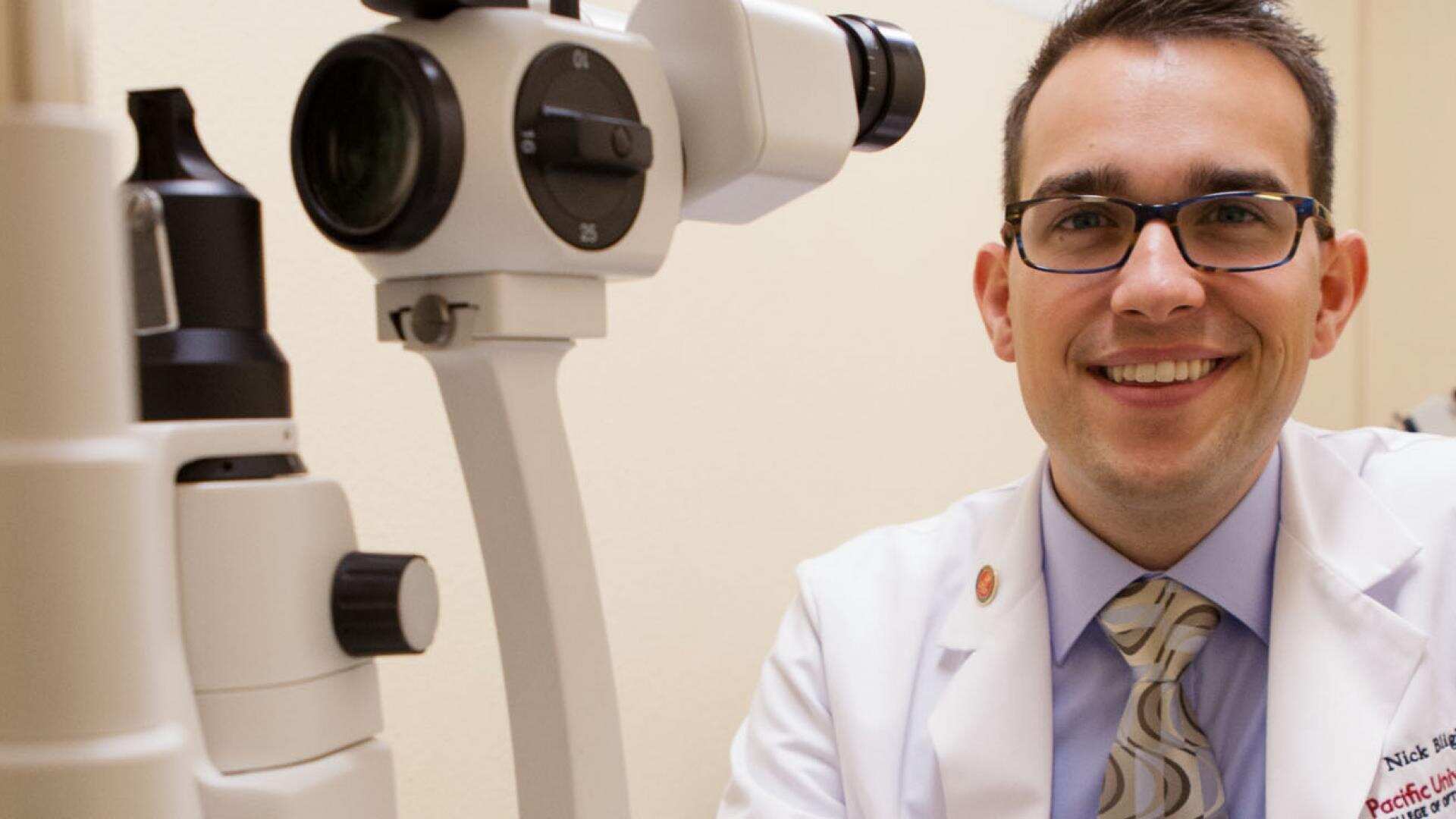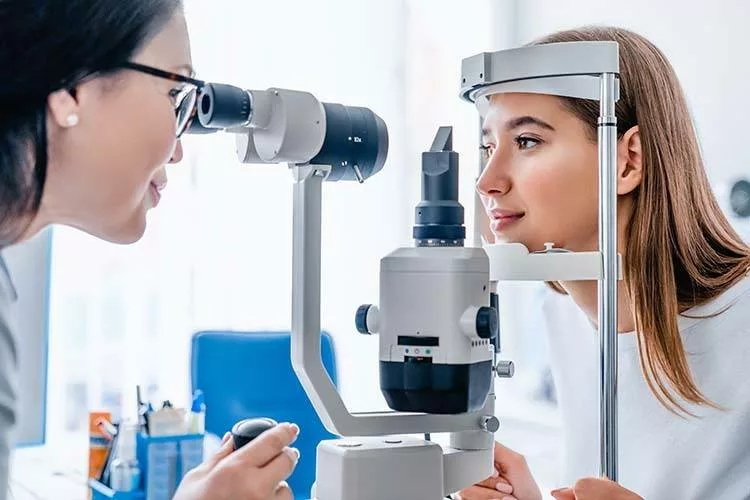Discover the Best Optometrist Chino for Comprehensive Eye Care
Discover the Best Optometrist Chino for Comprehensive Eye Care
Blog Article
Discovering the Latest Technological Developments in Optometry and What They Mean for Eye Doctors
In the ever-evolving field of optometry, recent technical developments are reshaping just how experts come close to eye treatment. From the accuracy of Optical Comprehensibility Tomography to the nuanced insights offered by AI-driven diagnostic devices, these advancements are setting brand-new criteria in individual evaluation and therapy. Teleoptometry is poised to redefine accessibility, guaranteeing that know-how goes beyond geographical restrictions. As these improvements permeate the method, optometrists are encountered with the obstacle of embracing these devices to improve person end results. Yet, the inquiry stays: just how will these technological shifts redefine the duties and obligations within the profession?
Advancements in Diagnostic Tools
Advancing the area of optometry, technologies in analysis tools have revolutionized the method eye treatment professionals examine and identify ocular problems and aesthetic impairments. The past years has seen considerable technological innovations, allowing even more exact and thorough analyses. Optical Comprehensibility Tomography (OCT), for instance, offers high-resolution cross-sectional photos of the retina, permitting the early detection of conditions such as glaucoma and age-related macular degeneration. This non-invasive imaging technique has come to be crucial in modern optometric method.
Another trick technology is the introduction of sophisticated corneal topography systems, which map the surface area curvature of the cornea with accuracy. These tools are especially advantageous for fitting contact lenses and detecting corneal conditions. Electronic retinal imaging has actually transformed typical ophthalmoscopy, offering in-depth, scenic views of the retina that promote complete visual examinations.
The advancement of wavefront aberrometry has actually also been vital, enabling the analysis of refractive mistakes with unrivaled precision (Opticore Optometry). This technology helps in personalizing corrective lenses and enhancing surgical outcomes for refractive surgical procedures. Jointly, these analysis advancements equip eye doctors to supply exceptional individual care, making certain early intervention and customized treatment approaches, ultimately enhancing visual health outcomes
AI in Person Management
Structure on the structure of cutting-edge diagnostic devices, the unification of expert system (AI) in client monitoring represents a transformative jump for optometry. AI systems are increasingly utilized to improve performance, accuracy, and personalization in client treatment. By examining huge quantities of information, AI can identify patterns and anticipate possible eye problems, enabling optometrists to tailor treatments better. This capability is crucial in managing persistent eye illness such as glaucoma and diabetic retinopathy, where early detection and constant surveillance are vital.
Moreover, AI-driven systems assist in structured person interactions and administrative procedures. Automated organizing, virtual consultations, and individualized follow-up strategies not just boost patient complete satisfaction but likewise enhance time monitoring for professionals. These systems can triage clients based on the seriousness of their problems, making certain that those in crucial need receive punctual interest.
In addition, AI boosts decision-making by supplying optometrists with evidence-based referrals and therapy paths. By incorporating data from electronic health documents, AI devices offer understandings that notify medical choices, lowering the danger of errors and boosting individual outcomes. As AI remains to advance, its role in individual administration will likely increase, reshaping the landscape of optometric care.
Developments in Retinal Imaging
In the realm of optometry, retinal imaging has actually witnessed exceptional technological improvements that are boosting analysis capabilities and person care. Developments such as Optical Coherence Tomography (OCT) and fundus digital photography have actually reinvented just how eye doctors examine the retina and imagine. OCT, particularly, provides high-resolution, cross-sectional photos of the retina, permitting the detailed exam of its layers. This ability is important for very early discovery and administration of conditions like glaucoma, diabetic retinopathy, and age-related macular degeneration.
Boosted imaging modalities like OCT angiography are additional refining analysis precision. Optometrist Chino. Such developments assist in the recognition of minute retinal modifications that might indicate disease development.
Furthermore, improvements in expert system are boosting helpful resources retinal imaging by enabling automatic evaluation of large datasets. These systems aid eye doctors in identifying patterns indicative of pathology, thus enhancing analysis accuracy and performance. Collectively, these technologies are changing retinal imaging into a cornerstone of modern eye treatment, improving outcomes and broadening therapeutic possibilities.
Teleoptometry's Expanding Function
Teleoptometry is increasingly ending up being an important part of eye care, driven by innovations in data and analysis devices. As optometry accepts electronic makeover, teleoptometry promotes remote examinations, permitting optometrists to prolong their services beyond standard borders. This is specifically beneficial in country and underserved areas where access to specialized eye treatment is usually restricted. By leveraging high-resolution video clip conferencing and advanced retinal imaging, eye doctors can conduct extensive eye tests from afar, making certain timely medical diagnosis and therapy.
The combination of fabricated intelligence (AI) more improves teleoptometry, enabling the evaluation of aesthetic data and helping in the detection of eye problems such as glaucoma and diabetic retinopathy. AI-powered algorithms can swiftly interpret complex imaging data, offering eye doctors with useful insights that strengthen clinical decision-making.
Additionally, teleoptometry sustains connection of treatment with smooth combination with digital health documents (EHRs), allowing optometrists to maintain comprehensive client backgrounds. When seeking advice from with various specialists., this makes certain that patients obtain regular and personalized treatment also.
Despite these benefits, obstacles remain, consisting of guaranteeing data protection and managing individual assumptions. Teleoptometry stands for a significant stride towards even more easily accessible, effective, and patient-centered eye care. As modern technology progresses, its duty is poised to broaden even more.

Future Patterns in Eye Treatment
A myriad of ingenious patterns is readied to improve the future of eye treatment, driven by technological improvements and the progressing requirements of individuals. One considerable trend is the integration of expert system (AI) in diagnostics, which promises to improve the precision and effectiveness of eye assessments. AI algorithms can analyze vast amounts of data from retinal photos, possibly detecting conditions like diabetic person retinopathy and glaucoma earlier than conventional techniques.
In addition, customized medicine is obtaining traction in optometry, with genetic testing notifying customized therapy strategies. This approach intends to maximize individual outcomes by tailoring interventions to individual hereditary profiles. Wearable technology, such as wise call lenses, is also imminent, using real-time monitoring of intraocular pressure or sugar levels, therefore providing constant insights into eye and systemic health and wellness.
The adoption of augmented fact (AR) and digital truth (VR) in training and client education is another arising pattern. These technologies offer immersive view publisher site experiences that can improve understanding and abilities both for eye doctors and patients. As these trends develop, optometrists have to stay abreast of technical innovations to give innovative treatment, making sure enhanced person outcomes and fulfillment in the dynamic landscape of eye treatment.
Final Thought

Jointly, these diagnostic advancements empower eye doctors to provide remarkable patient care, guaranteeing very early treatment and customized treatment methods, ultimately enhancing aesthetic health results.

As these innovations proceed to evolve, optometrists should adjust and integrate them right into method, ultimately enhancing operations efficiency and raising the requirement of eye care provided to people.
Report this page